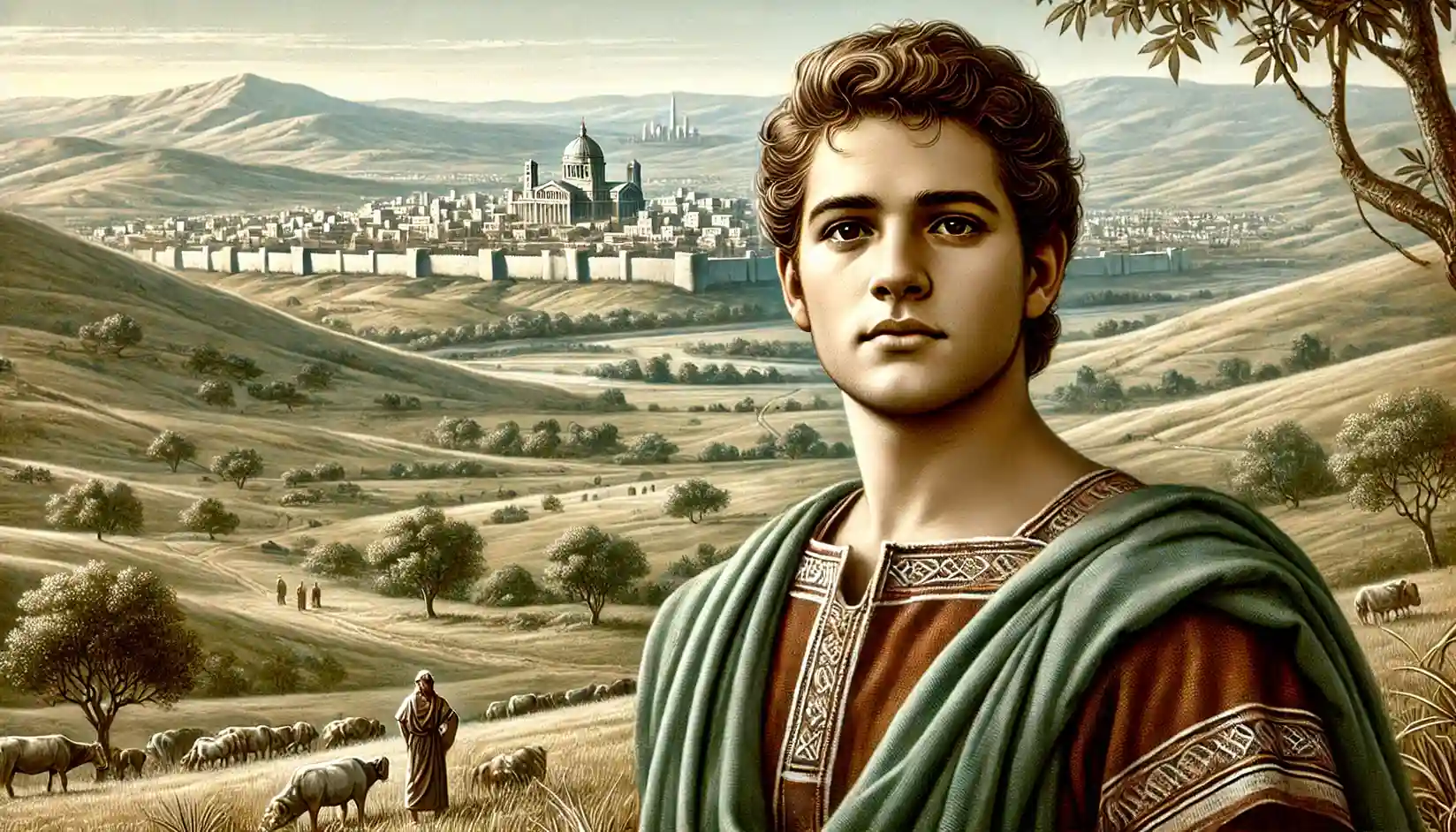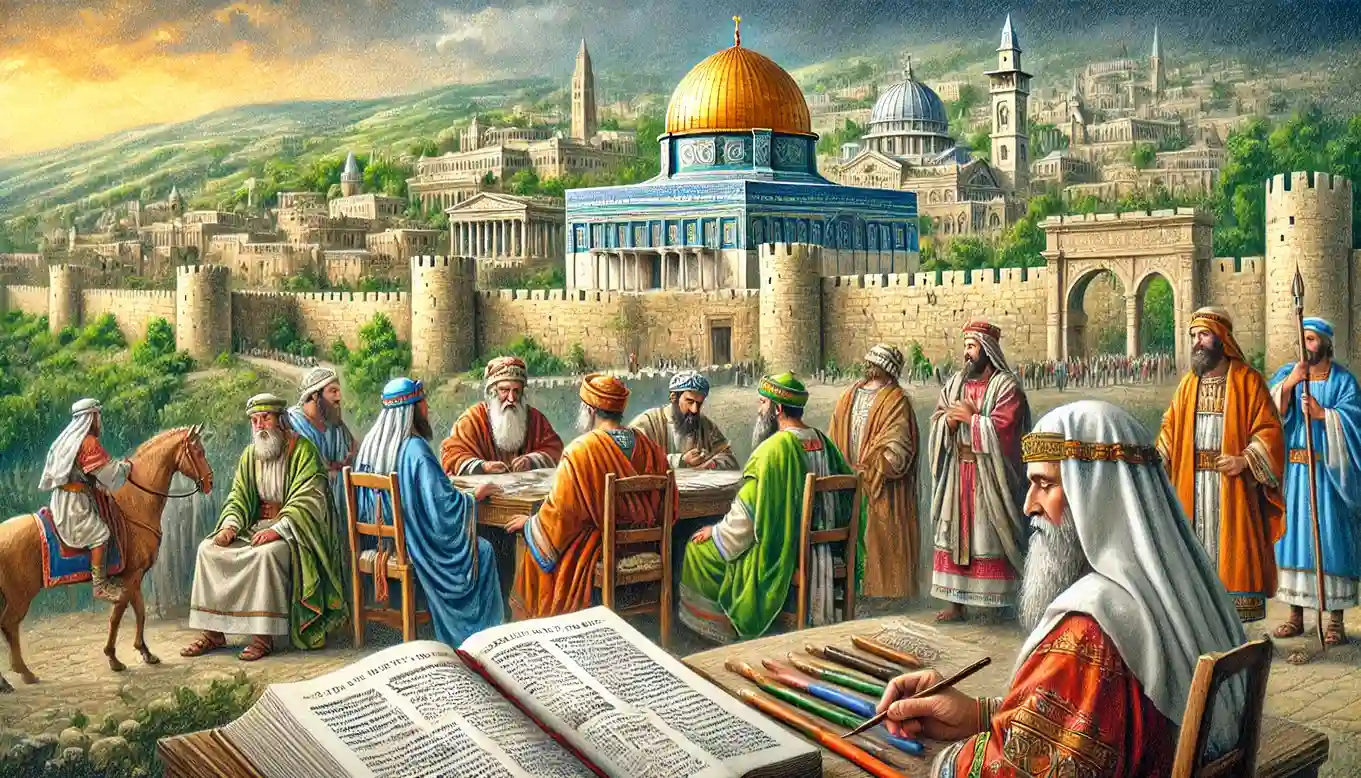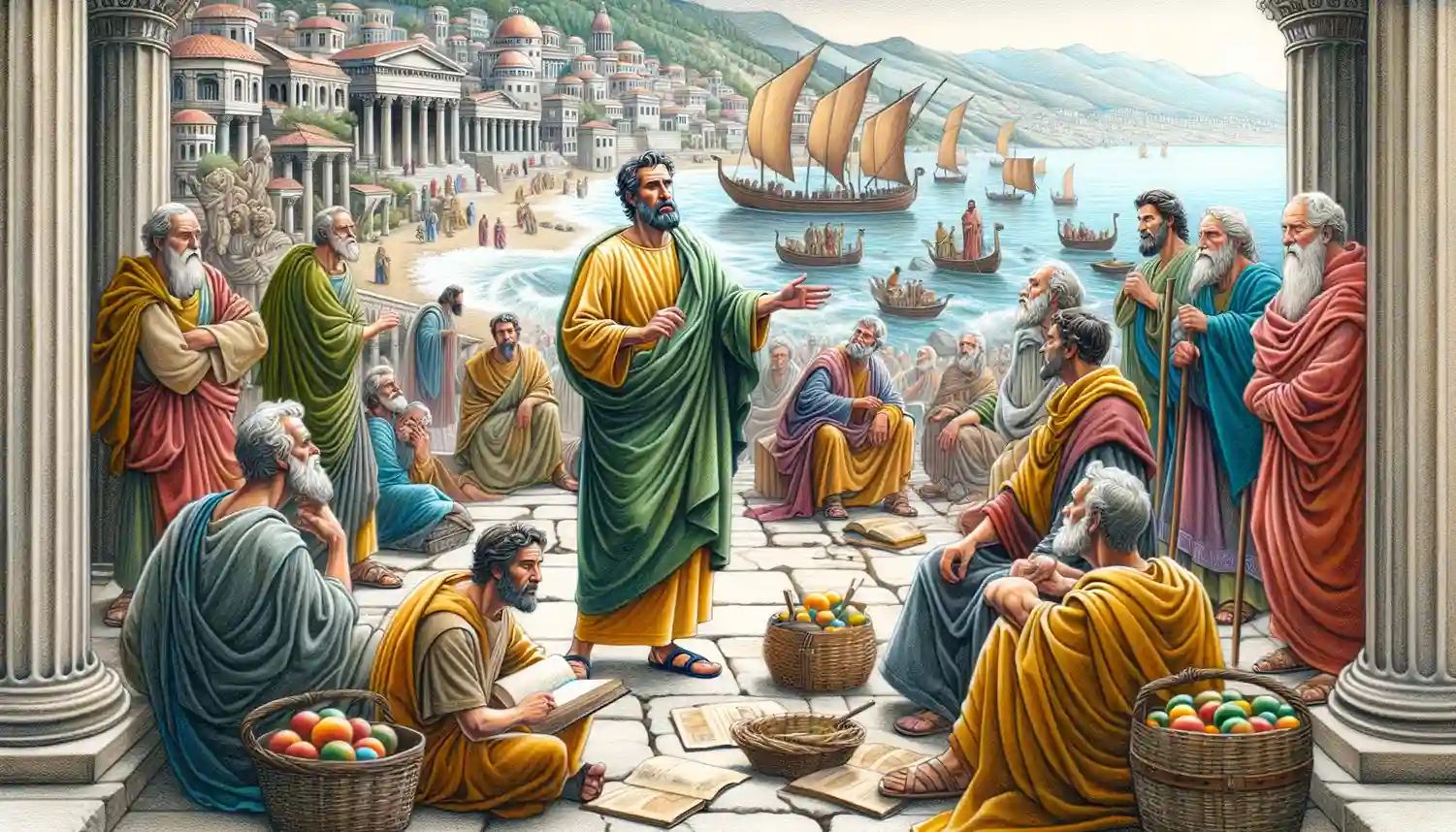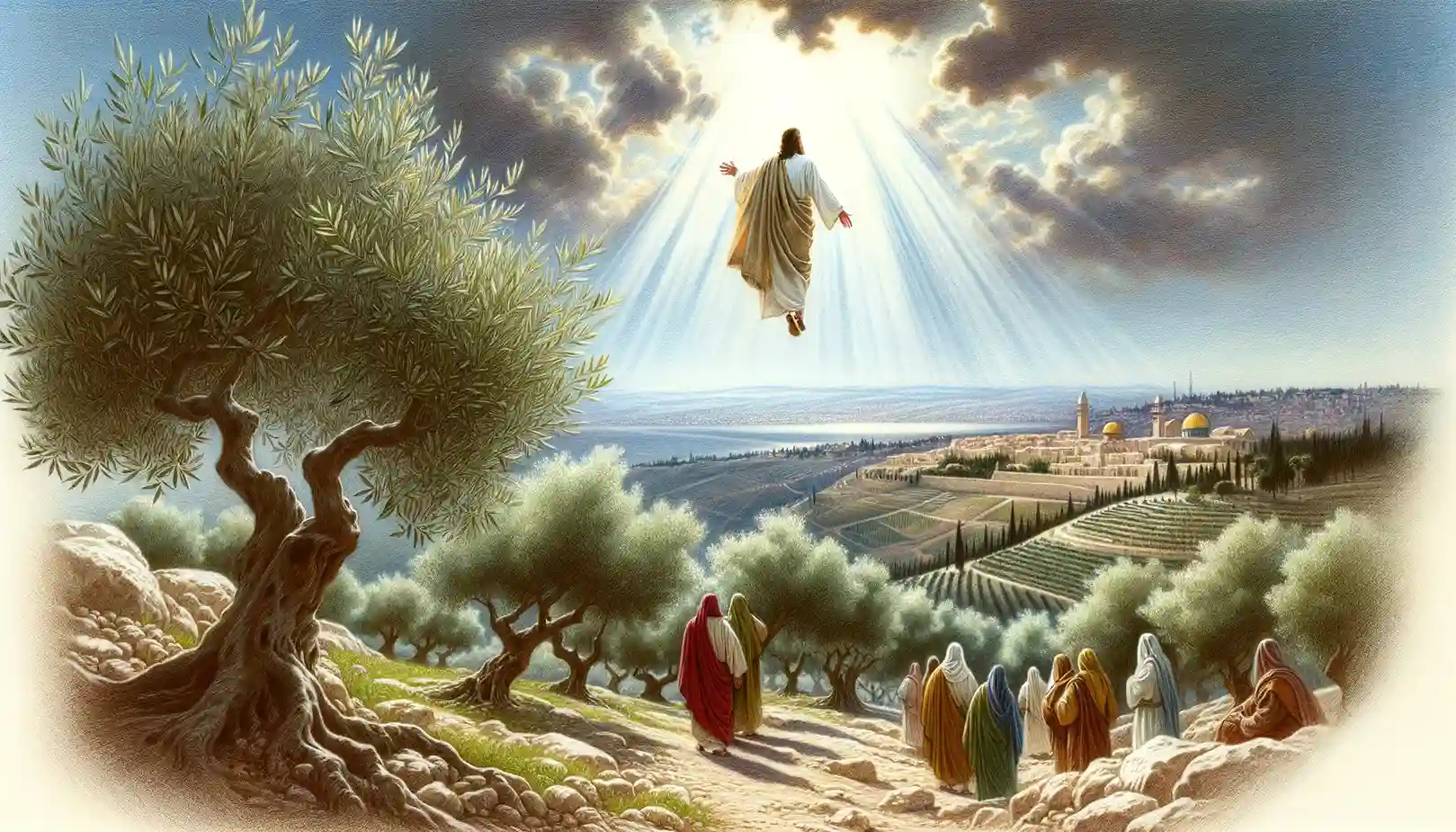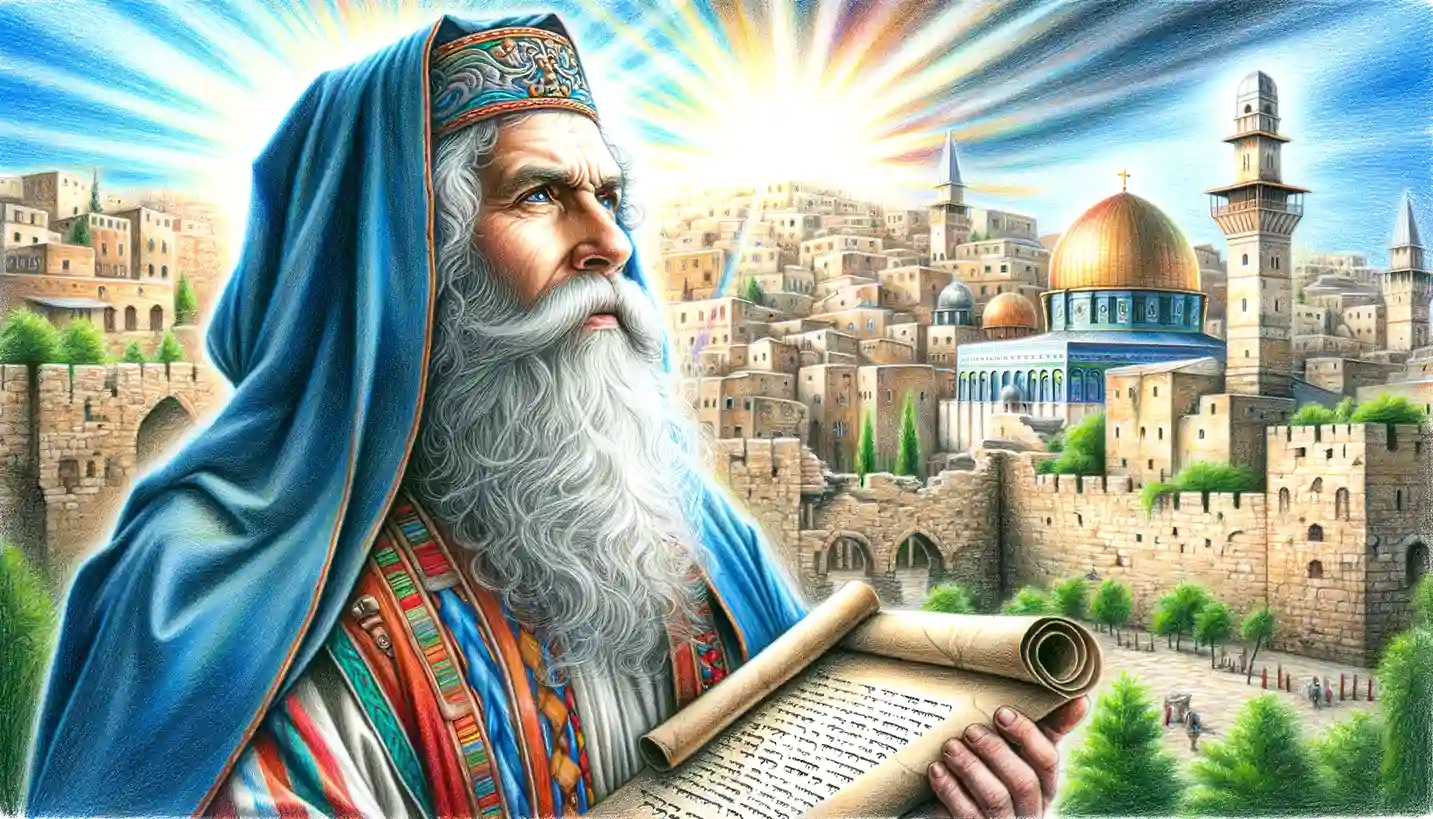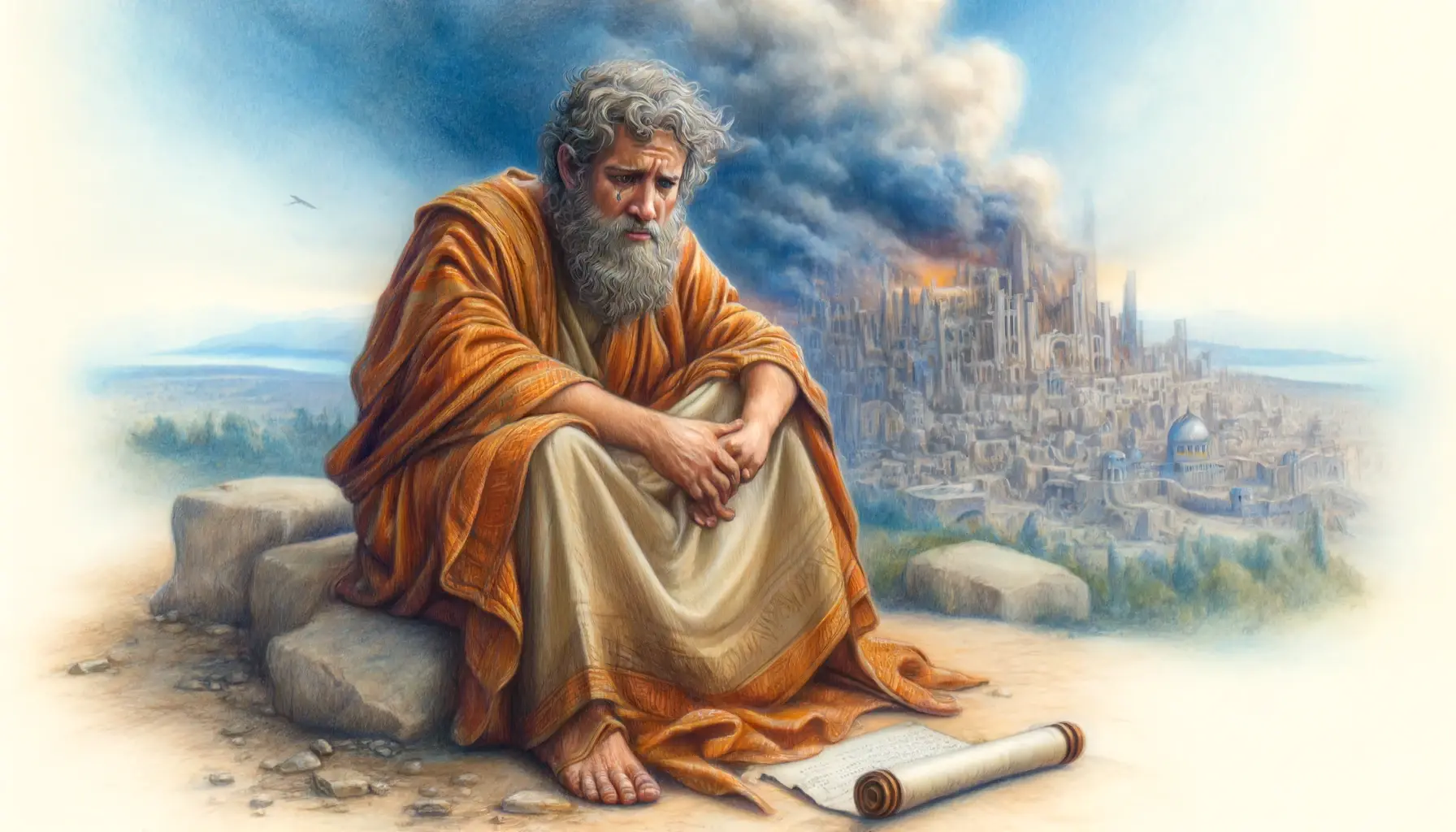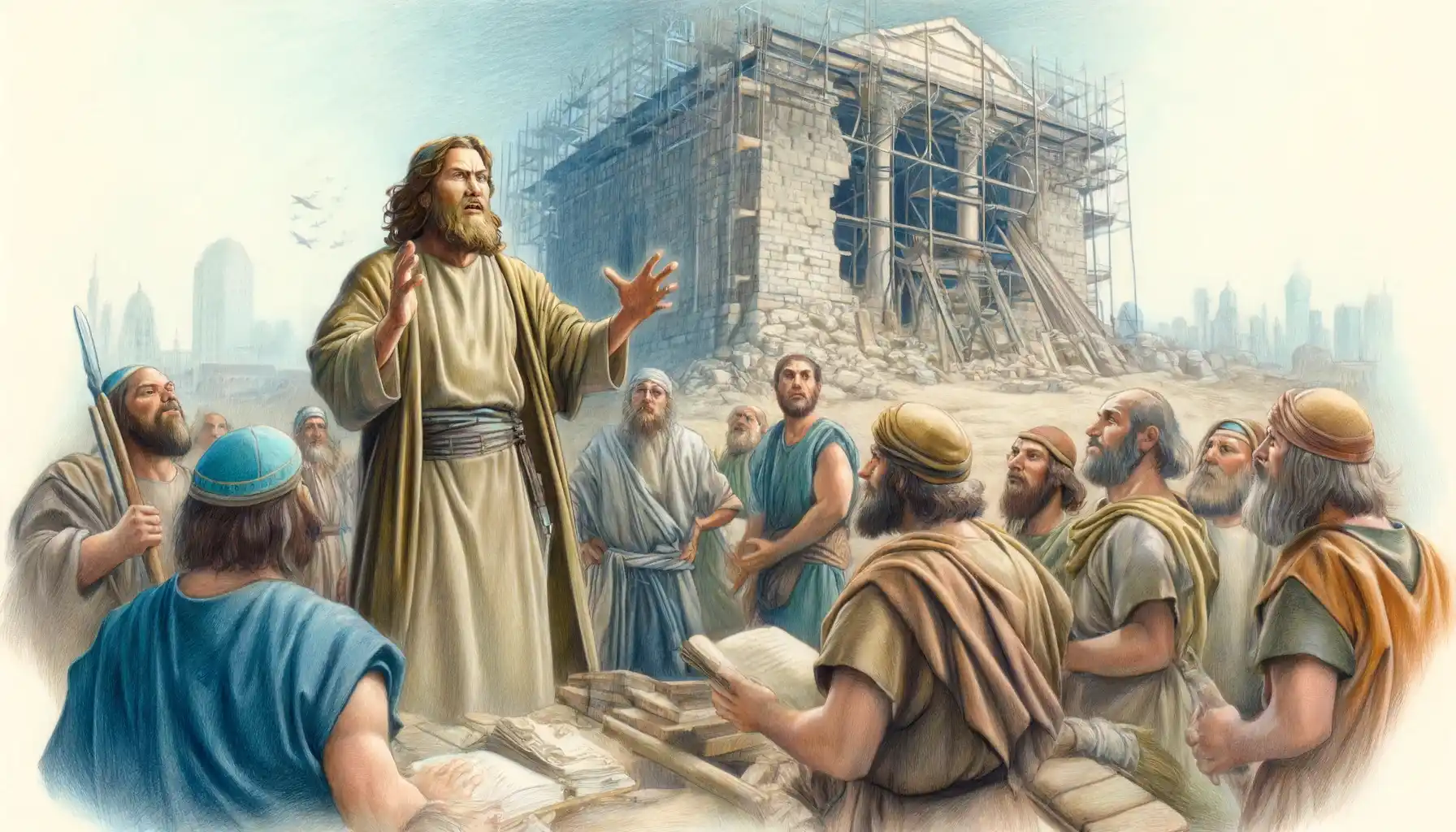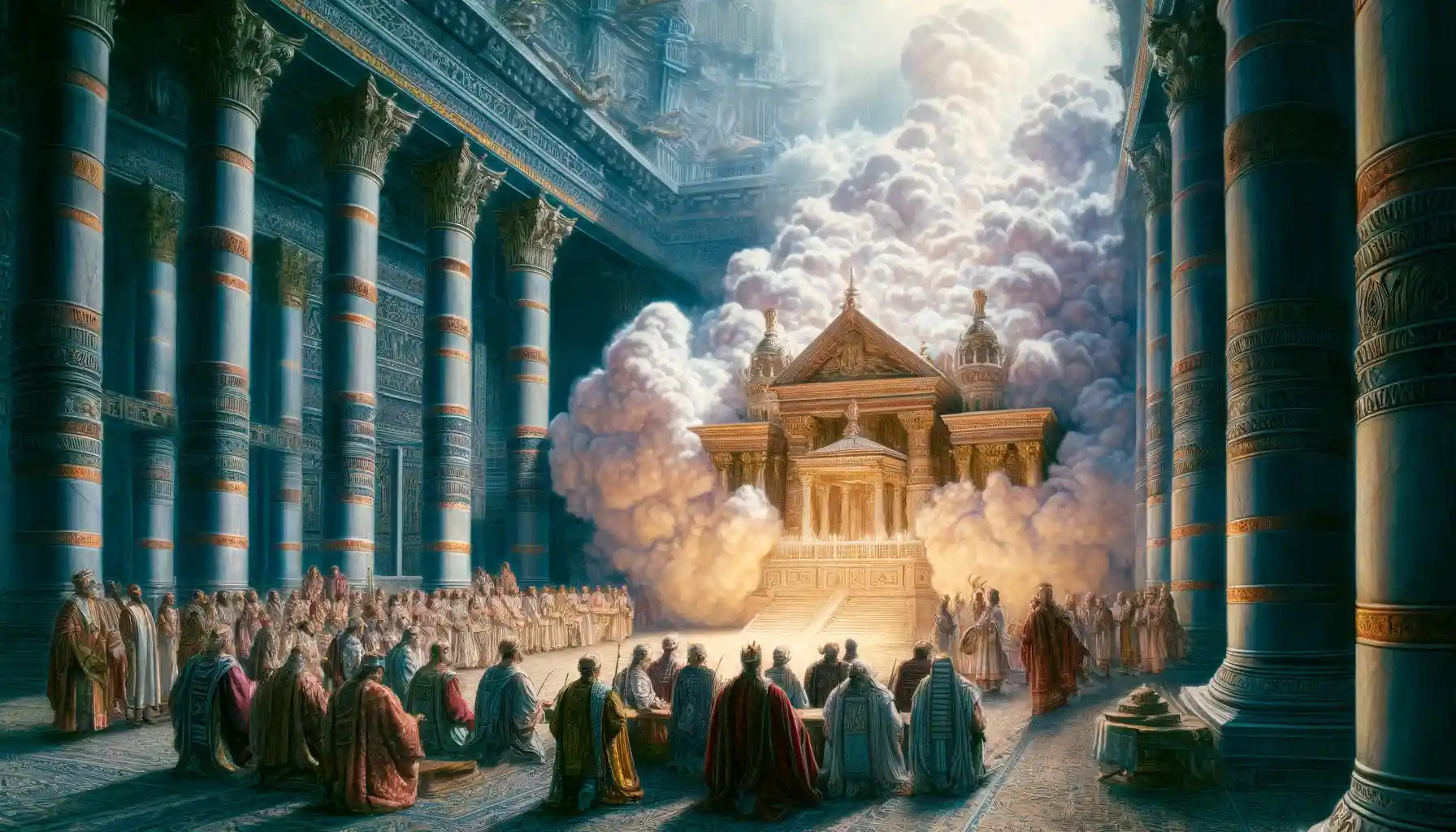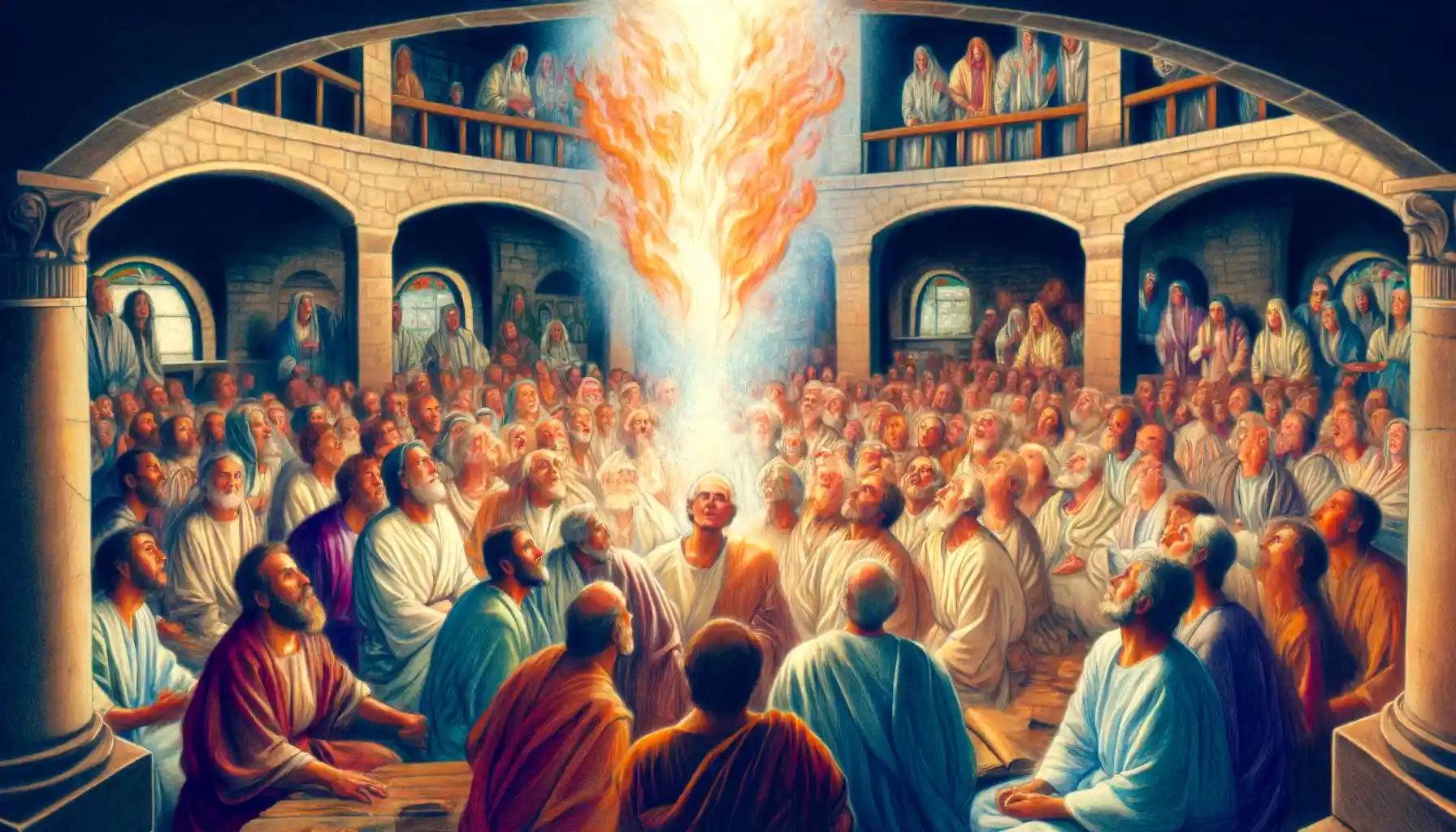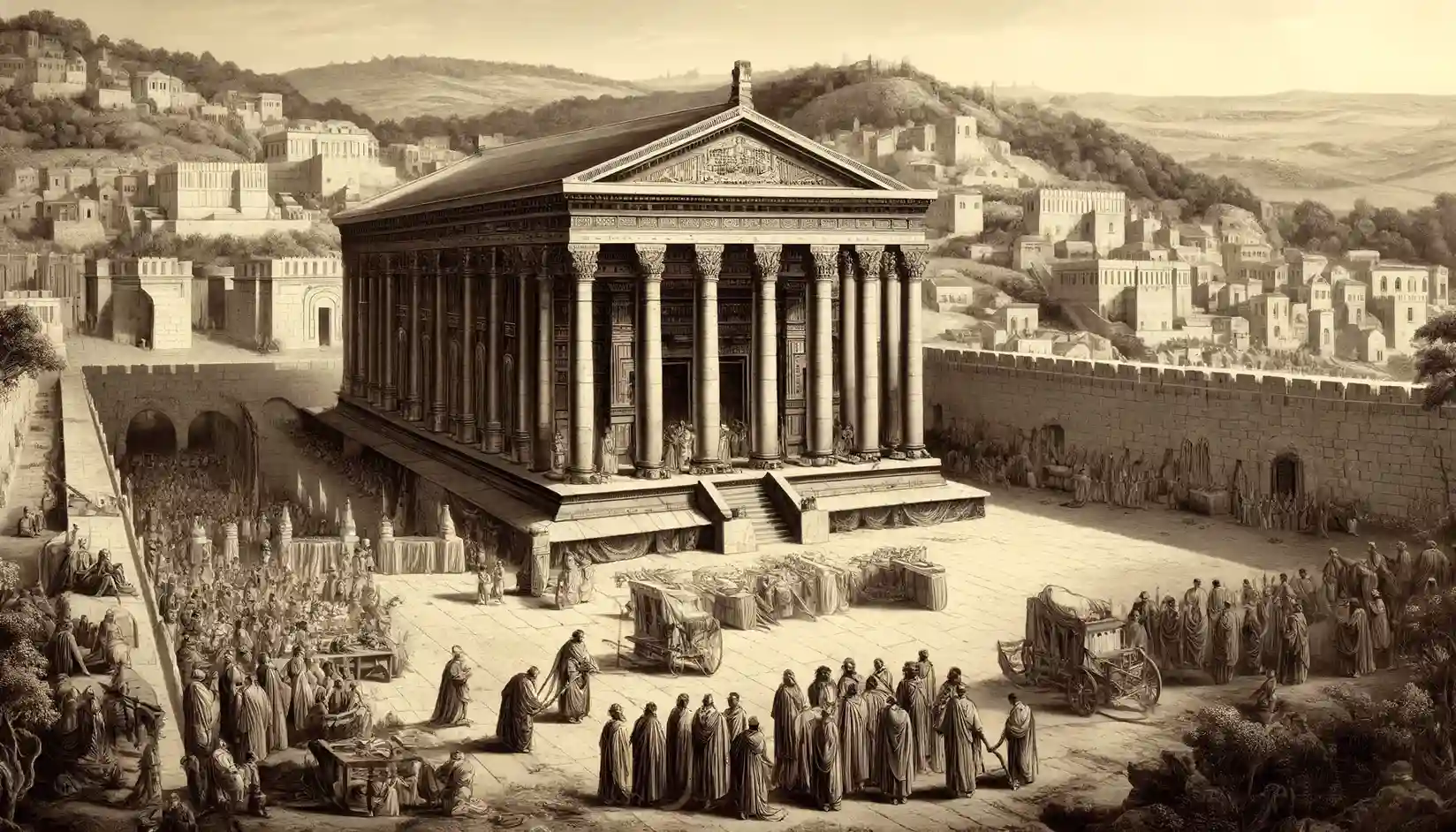Benjamin, the youngest son of Jacob and Rachel, is a significant biblical figure whose descendants, the tribe of Benjamin, played crucial roles in Israel’s history, producing notable leaders like King Saul and the Apostle Paul.
The Southern Kingdom of Judah, formed after the division of the united monarchy, was centered in Jerusalem and ruled by the descendants of David, experiencing periods of reform and decline before its conquest by Babylon in 586 BC.
Paul’s third missionary journey, accompanied by various disciples including Timothy and Luke, focused on strengthening and encouraging the early Christian communities he had previously established, as he traveled from Antioch through key locations such as Galatia, Phrygia, Ephesus, Macedonia, Greece, Troas, Miletus, and Jerusalem, preaching the Gospel, performing extraordinary miracles, facing opposition, and providing pastoral care, ultimately solidifying the foundation of the early church despite significant personal risk and challenges.
The Mount of Olives, located east of Jerusalem, is a historically and biblically significant site known primarily as the location of Jesus’ ascension to heaven, marking a key event in Christian theology and prophecy.
Zechariah, a prophet during the post-exilic period, received visions of Jerusalem’s restoration and the coming Messiah, providing hope and emphasizing God’s sovereignty.
Jeremiah, known as the “weeping prophet” and the author of Lamentations, delivered messages of judgment and hope, mourning the destruction of Jerusalem while foretelling a new covenant between God and His people.
Haggai, a post-exilic prophet, encouraged the Jews to rebuild the Temple in Jerusalem after their return from Babylonian exile, emphasizing the importance of prioritizing the Temple’s reconstruction to restore their relationship with God.
In 1 Kings 8:10-13, the dedication of Solomon’s Temple is highlighted by the filling of the sanctuary with a cloud, representing God’s glory, which halted the priests in their service, and Solomon’s acknowledgment of God’s presence in the temple, fulfilling divine promises.
The Rebuilding of the Temple, specifically the Second Temple in Jerusalem, commenced after the Jewish people’s return from the Babylonian Exile, initiated by the decree of Cyrus the Great of Persia in 538 BCE, faced numerous challenges and delays, but was ultimately completed in 516 BCE during the reign of Darius I, symbolizing a pivotal moment of religious and cultural renewal for the Jewish community.

